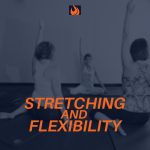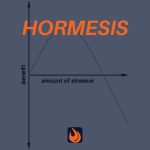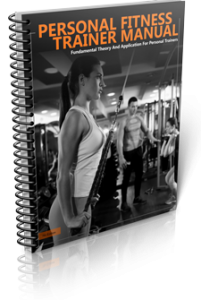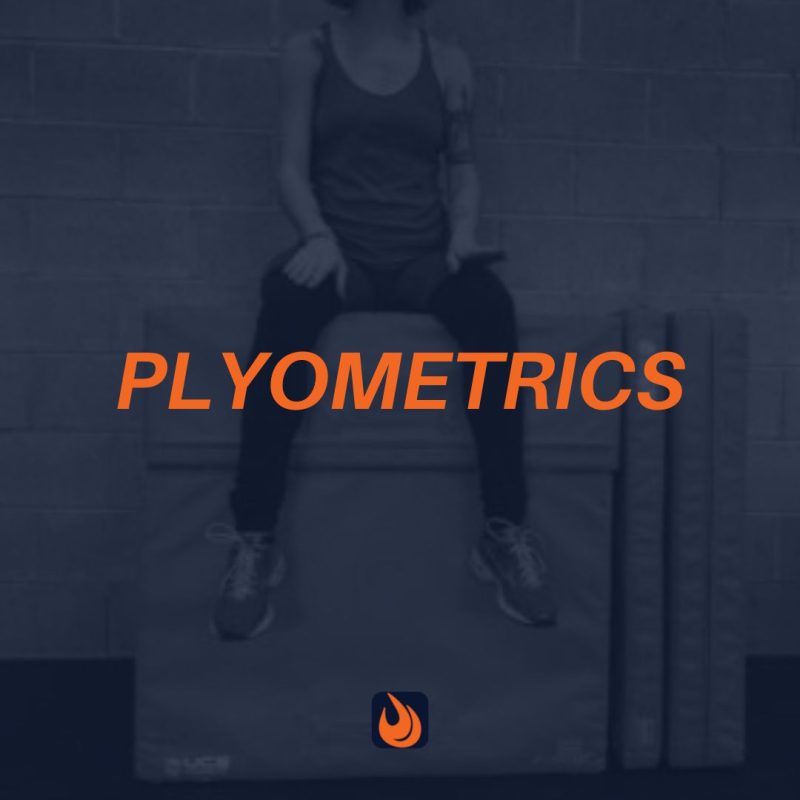
Plyometrics can be beneficial for both athletes and general personal training clients. On the flip side, training plyometrics without caution can also be harmful. Let’s review the definition of plyometrics, who it’s appropriate for and how to apply plyometric exercises safely.
What are Plyometrics?
“Plyometrics can be thought of as exercises that train the fast muscle fibers and the nerves that activate them, as well as reflexes, and include a variety of hopping, jumping, and bounding movements” (William P. Ebben)
Plyometric exercises are designed to improve speed, power, and function of the nervous system. In the definition alone one can see these exercises are meant for everyone, not just athletes. All of your clients would benefit from improvement in their power, reflexes, and a higher functioning nervous system.
I believe that occasionally trainers underestimate their client’s physical ability for fear of hurting the client and implicating themselves in the process. This is reasonable and all of us do it from time to time. But, Plyometrics can be such a great addition to your client’s routine if applied appropriately.
I know I am currently preaching the universal accessibility of these exercises, but they do come with their own set of prerequisites. I would never suggest a trainer put their 90-year-old client on box jumps when they are still working to easily move out of chair. However, if you have been working with someone and know that they have foundational knowledge and fitness level, why wouldn’t you be giving them this challenge?
Benefits of Plyometrics for non-athletes
1) Improves coordination
2) Improves nervous system functionality
3) Supports bone and joint health
4) Greater intensity in less time, more effective training sessions
5) Stimulates metabolism 24-48 hours after a workout, supporting weight loss
6) Plyos improve strength and efficiency of fast twitch fibers, meaning greater recruitment of the body’s strongest fibers during resistance training
7) Plyometric training may enhance neuromuscular function and prevent knee injuries by increasing dynamic stability
8) Improves all over fitness and boosts confidence (Everyone feels like a boss after a really tough Plyo workout!)
Because you are working one on one, it is a perfect time to introduce Plyometrics. You will be able to give them proper alignment and execution cues, watch their form and know for sure that they are performing properly.
Are Plyometrics a Cardio Workout?
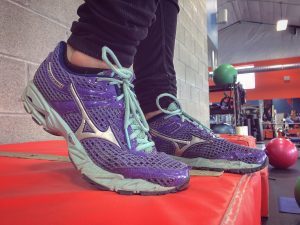
Quite simply, no, they are not strict cardiovascular exercises. This is a common misunderstanding from the general public and from some fitness professionals. It’s understandably confusing considering jumping and bounding exercises significantly elevate heart rate. However, the energy pathways and purpose between cardio and plyo’s are different.
Plyos work off of two energy pathways, the Creatine Phosphate system and the Lactic Acid system – both of these being anaerobic. Then you have cardiovascular training which works within the aerobic system.
The main purpose of cardio training is to strengthen the muscles involved with respiration and the heart, while the main purpose of plyos is to improve power and speed. There is also a difference in muscle fibers being trained. plyos work by improving strength and efficiency of Type II fibers, while cardio leans towards recruiting Type I endurance fibers.
Supplementing your client’s cardio routine with plyos can be a good idea, but not completely replacing it. There are many health benefits found in true cardio workouts that cannot be attained through plyo workouts.
You don’t have to leave plyos to the athletes, boost your clients next session with some of these previously mentioned methods.
Plyometrics Do’s
- At least 1-2 days between plyo training sessions
- Work with non-fatigued muscles at the beginning of session
- 50-80 total reps for beginners, up to 150 total reps for more advanced clients
- Low reps, high intensity – no more than 10 reps per set
- Sufficient rest between sets, 2-3 minutes
- Prioritize quality not quantity
Plyometrics Don’t’s
- High-intensity plyo circuits like Tabatas. Plyometrics are meant to be done with maximal effort and force in the least amount of time. Performing Plyos in a circuit or interval format leans more towards general conditioning and increased risk of injury
- Working on uneven surfaces, especially for beginners
- Excessively long of sessions. For the general public keep a plyo training session under 30 minutes. Plyometric training is largely neurologic, a client shouldn’t be left gasping for air.
Examples of Ply Exercises
-Squat Jumps
-Box Jumps
-Star Jumps
– Depth Jumps
– Single Leg Hops
– Hop Scotch Ladder
– Tuck Jumps
– Skater Hops
-Switch Jumps
Plyometrics Programming
Now I wouldn’t suggest starting a client with an entire plyometrics session. It would be best to have the first 10-15 minutes focusing on 2-3 different Plyo exercises and then finishing the remaining time with resistance training. Resistance training is an incredible counterpart to plyo training. It will prepare the muscles for the rapid impact loading of the jumps and bounds.
Another great way to incorporate plyos into your client’s session is with contrast sets, a superset of back-to-back exercises with different physiological goals. The one I am currently most fond of is the Back Squat to Squat Jump. Have your client perform 8-10 Back Squats at an 85-90% RM and then immediately perform 8-10 Squat Jumps.
This pairing will trick the body, and during the jumps, the muscle fibers will fire as if they are still supporting the resistance load. Another one is Bench Press to Plyo Pushups. You would be looking at a similar structure. 8-10 Bench Press reps in an 85-90% RM range followed by 8-10 Plyo Pushups.
Supplementing your client’s cardio routine with plyos can be a good idea, but not completely replacing it. There are many health benefits found in true cardio workouts that cannot be attained through Plyometrics.
Of course, if someone has a pre-existing injury or other health condition that makes plyometrics inappropriate for them then that’s a different story. Otherwise, you don’t have to leave plyos to athletes only–everyone can benefit.
References
1) “Trainer Q&A: What are the benefits of plyometrics?”, Men’s Fitness, https://www.mensfitness.com/training/pro-tips/trainer-qa-what-are-benefits-plyometrics
2) Chimera, Nicole J. et al. “Effects of Plyometric Training on Muscle-Activation Strategies and Performance in Female Athletes.” Journal of Athletic Training 39.1 (2004): 24–31. Print.
3) “Plyometrics: The Best Combo Of Cardio And Strength Training?”, The Huffington Post, March 19, 2013, https://www.huffingtonpost.com/2013/03/19/plyometrics-fitness-cardio-exercise-strength-training_n_2900911.html
4) “Plyometrics: Using Plyometrics with Other Training”, human-kinetics,
5) William P. Ebben, PhD, CSCS,*D, “Practical Guidelines for Plyometric Intensity”, NSCA’s Performance Training Journal


